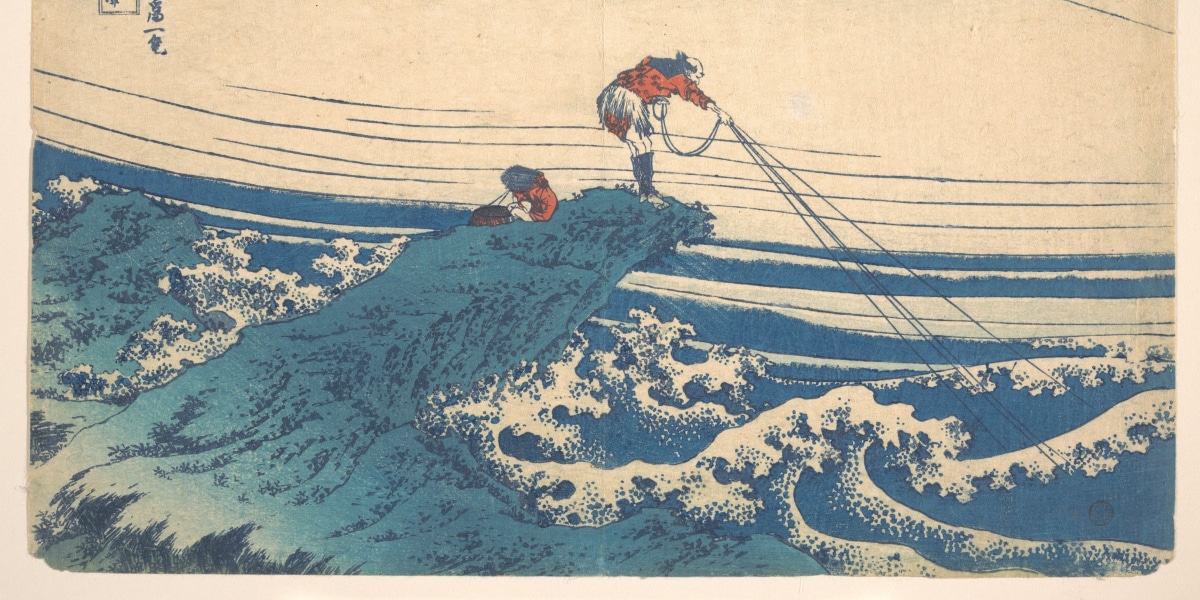
Freedom from suffering: About the pain equation
Here is something we all know, which we would like to see different:
The more we want something to be different, the more uncomfortable it becomes. The more resistance we have to the state of things, the more suffering we experience.
Is there any way we can help ourselves in such situations? Yes, it is. And a useful tool for this is the pain equation.
An equation for pain and suffering
We can express the relationship between pain, resistance and suffering with the formula
P x R = S
P stands for Pain, R stands for Resistance, and S stands for Suffering.
This equation pretends to be completely accurate, and it is not. But it tries to describe something useful in a mathematical way for us to think about a bit.
First, the equation distinguishes between pain and suffering. Pain is a complex phenomenon, but in this context, we understand it as a raw and untreated discomfort. It can be from an injury or imaginary injury or emotional discomfort. Suffering, on the other hand, is how we interpret this discomfort on a psychological or existential level.
Pain is inevitable in this life, but there are good reasons to keep the suffering to a minimum. It is not just because suffering makes the discomfort worse, but because suffering has a great impact on our lives. Suffering makes us think and feel differently. It makes us make choices we would not otherwise make. Or we are drained of energy and become paralyzed.
Resistance is the key
What the pain equation points out is that even if you have little pain, great resistance will lead to a lot of suffering.
For example, if a professional orchestra musician injures his fingers, it hurts more than someone who is not so dependent on his fingers working at their best. The musicians have great resistance to the pain and suffer more than others because of this.
On the other hand, if you have a lot of pain and little resistance, you will experience similarly little suffering.
We saw this in soldiers in World War II who came in for surgery after fighting at the front. They had terrible injuries, but the hospital was empty of painkillers. Therefore, they had to be operated on without any anaesthesia.
The soldiers reported little or no experience of pain from being operated on! Compared to the hell, it was to be out at the front; they were now in a situation that was safe and where people cared about them.
The soldiers’ resistance to the pain from the operation was small or almost zero, and therefore the suffering was correspondingly minimal.
The opposite of resistance
When we experience discomfort, we have parts of us that both want to push away what we do not like, but also attract a better situation.
The opposite of this resistance is equanimity. This is an attentional skill that we define thus;
Equanimity is the ability to experience sensory events without push or pull.
(Shinzen Young)
Depending on the situation, we can call equanimity acceptance, objectivity, or non-resistance.
Cultivating equanimity includes:
- How to create equanimity in the body
- How to create equanimity in the mind
- Recognizing equanimity when it occurs by itself
- Learning to deepen your equanimity, even when you have just a little bit of it
- Having equanimity with the fact that you do not have equanimity
All of these ways are about an ever deeper and broader relationship to rest. You can develop an ability to find, create and express a large spectrum of restful states in the body and the mind. And you can learn to find forms of rest that are both crystal clear, intensely concentrated and wide awake.
Cultivating equanimity towards our inner world does not mean that we accept everything in the outside world, such as bullying in the workplace or other injustice. But on the inside, we practice constantly being in touch with an increasingly mature equanimity.
We leave everything as it is. Everything dances its dance while we acknowledge that this is what happens.
This basic attitude has a great impact on our experience at the moment. But the consequences of this attitude have an even greater impact. For as Carl Rogers, the father of client-oriented psychology, puts it:
The strange paradox is that when I accept myself as I am, then I can change.
We understand this paradox better when we know the pain equation.
You can watch a 9-minute video explaining the pain equation and its corresponding equations on fulfilment, frustration and purification here.